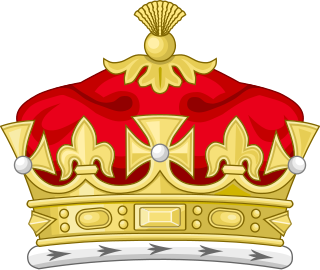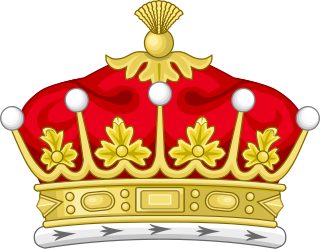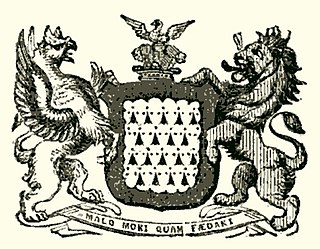 W
WDuke of Clarence is a substantive title which has been traditionally awarded to junior members of the British Royal Family. All three creations were in the Peerage of England.
 W
WEarl of Essex is a title in the Peerage of England which was first created in the 12th century by King Stephen of England. The title has been recreated eight times from its original inception, beginning with a new first Earl upon each new creation. Possibly the most well-known Earls of Essex were Thomas Cromwell, chief minister to King Henry VIII, and Robert Devereux, 2nd Earl of Essex (1565–1601), a favourite of Queen Elizabeth I who led the Earl of Essex Rebellion in 1601.
 W
WDuke of Gloucester is a British royal title, often conferred on one of the sons of the reigning monarch. The first four creations were in the Peerage of England and the last in the Peerage of the United Kingdom; the current creation carries with it the subsidiary titles of Earl of Ulster and Baron Culloden.
 W
WBaron Hastings is a title that has been created three times. The first creation was in the Peerage of England in 1290, and is extant. The second creation was in the Peerage of England in 1299, and became extinct on the death of the first holder in c. 1314. The third creation was in the Peerage of England in 1461, and has been in abeyance since 1960.
 W
WThe titles Baron Montacute or Baron Montagu were created several times in the Peerage of England for members of the House of Montagu. The family name was Latinised to de Monte Acuto, meaning "from the sharp mountain"; the French form is an ancient spelling of mont aigu, with identical meaning.
 W
WBaron Trimlestown, of Trimlestown in County Meath, is a title in the Peerage of Ireland.
Baron Wenlock is a title that has been created three times, once in the Peerage of England and twice in the Peerage of the United Kingdom. The first creation came in 1461 when the soldier Sir John Wenlock was summoned to Parliament as Lord Wenlock. However, he was childless and on his death in 1471 the title became extinct.